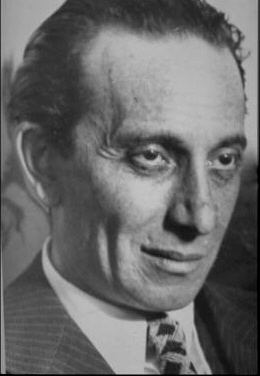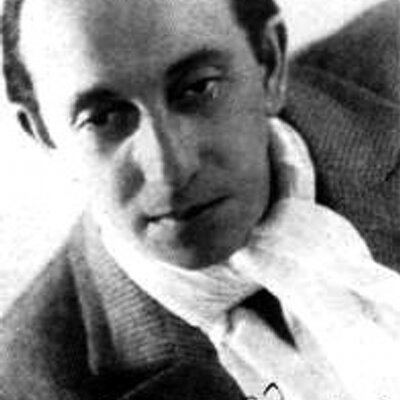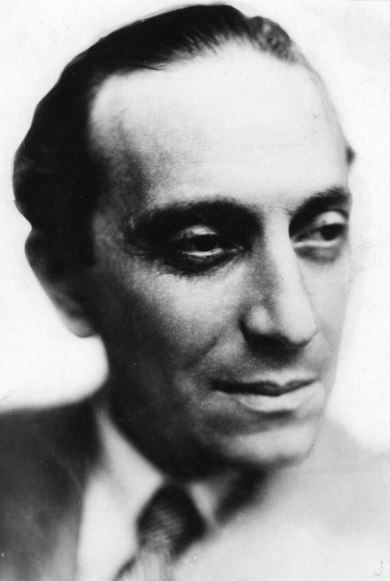Name Paul Abraham | Role Composer | |
 | ||
Died May 6, 1960, Hamburg, Germany Librettists Fritz Lohner-Beda, Alfred Grunwald Compositions Ball im Savoy, Ball im Savoy, Viktoria und ihr Husar, Viktoria und ihr Husar, The Flower of Hawaii, The Flower of Hawaii, Ich hass' Dich und lieb Dich, Ich hass' Dich und lieb Dich, Es velos tevi skupstit, Es velos tevi skupstit, Nav laimes bez milas, Nav laimes bez milas, Blomman fran Hawaii, Blomman fran Hawaii, Ball im Savoy: "Toujours l'amour", Ball im Savoy: "Toujours l'amour" Similar People Fritz Lohner‑Beda, Rosi Barsony, Gitta Alpar, Lizzi Waldmuller, Herbert Ernst Groh | ||
Paul abraham his orchestra good night 1930
Paul Abraham (Hungarian: Ábrahám Pál; 2 November 1892 – 6 May 1960) was a composer of operettas.
Contents
- Paul abraham his orchestra good night 1930
- Jeanette mac donald good night music paul abraham jewish composer
- Career
- Selected filmography
- Works
- References

Abraham was born in Apatin, Austria-Hungary (today Serbia), and studied at the Royal National Hungarian Academy of Music in Budapest from 1910 to 1916. He studied cello with Adolf Schiffer and composition with Viktor Herzfeld.

Jeanette mac donald good night music paul abraham jewish composer
Career
Like many other composers of operettas, Paul Abraham started with works of a serious nature. During the decade following his studies he wrote, among other things, sacred music, string quartets and a concerto for violoncello. When he was appointed conductor at the Budapest Operetta Theatre in 1927 he found his way to this more popular art form which was more suited to his talent.
His first operetta, Der Gatte des Fräuleins, was written in 1928. With his third, Viktoria und ihr Husar (1930), he achieved a resounding success. Through this work, and the next two operettas from 1931 and 1933 Die Blume von Hawaii and Ball im Savoy he became renowned worldwide. He also wrote numerous film scores.
The Nazi seizure of power in 1933 forced the Abraham to abandon his domicile in Berlin and leave Germany. Via Vienna and Paris he moved to Cuba where he earned a modest living as a pianist and later emigrated to New York City. After a mental breakdown he was in February 1946 committed to the Bellevue Hospital in Manhattan, later to the Creedmoor Psychiatric Center in Queens. In May 1956 he returned to live in Hamburg, Germany, where he received treatment at the University Medical Center Hamburg-Eppendorf. He died four years later, aged 67.
